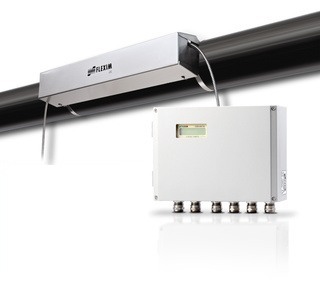 |
Process Measurement and Control I/O Devices
Courtesy Acromag |
Process measurement always presents two basic challenges, derive a measured value of the process condition, then transmit or deliver that value to a recording or decision making device. Your knowledge and ingenuity applied to the design and implementation of these measurement and transmission functions are the key to how effectively your control system will function.
Acromag, a world class manufacturer of signal conditioning equipment and industrial I/O devices, has produced a compilation of applications that illustrate some creative and best practices for establishing effective connections between control and measurement devices. The applications are drawn from defense, power generation, and manufacturing, but the knowledge shared can be broadly applied to many industries.
Look through the applications and you will find something of value. You can always contact a product and
application specialist to discuss your process measurement and control challenges and requirements. Combining their product application expertise with your process knowledge will generate the best solutions.



